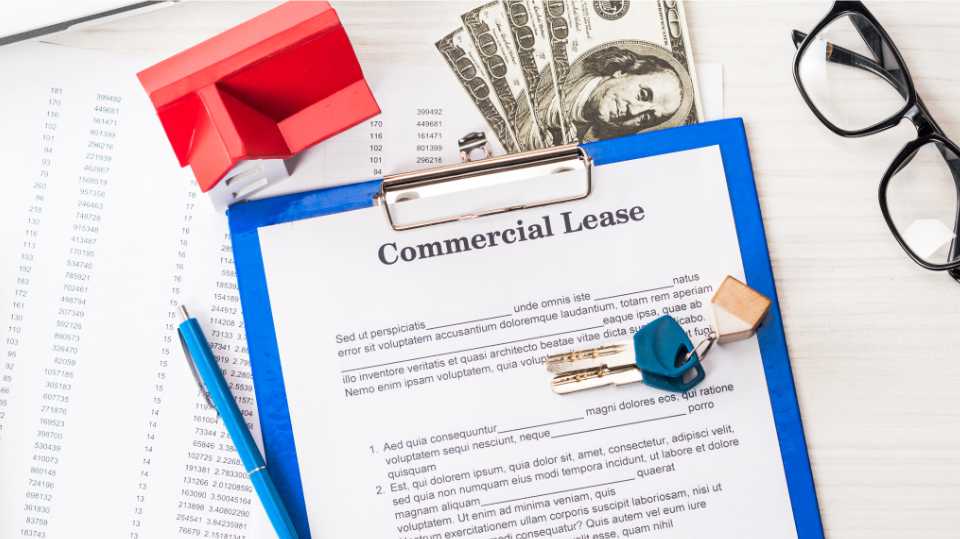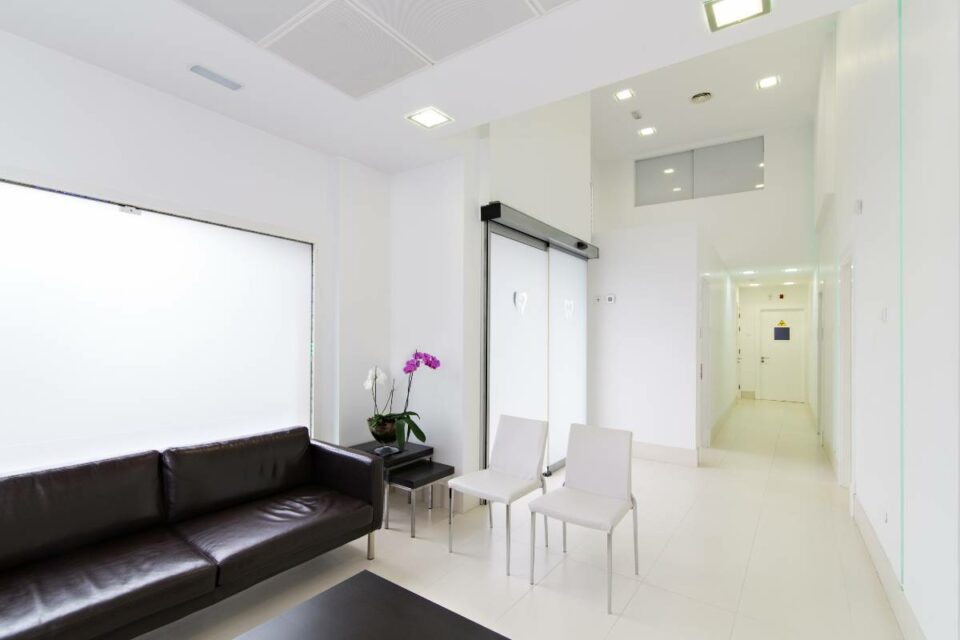When it comes to leasing commercial properties, the type of lease you choose will have a large impact on your rental experience, especially when a lease agreement involves a long-term commitment. Commercial leases can be complicated, so it is important to understand your rights and responsibilities before signing the lease. There are a few common types of commercial leases that are often used, so let’s take a look at each one individually.
When it comes to leasing commercial properties, the type of lease you choose will have a large impact on your business. There are different commercial leases, each with its own set of pros and cons. In this article, we’ll go over the different types of commercial leases so you can make an informed decision that is best for your business.
Especially when a lease agreement involves a long-term commitment. Commercial leases can be complicated, so it is important to understand your rights and responsibilities before signing the lease. There are a few common commercial leases that are often used, so let’s take a look at each one individually.
Commercial leases come in many different types and can be a bit difficult to understand. However, knowing the advantages/disadvantages of each will help you tremendously when negotiating your agreement- so take some time before signing on any dotted lines!
Full-Service Gross Lease
A full-service gross lease or gross lease is one where the tenant pays a flat monthly rent while the landlord covers all operating costs, such as insurance, utilities, management fees, and state and local tax. This type of lease usually benefits tenants that don’t want to deal with managing the property operating costs.
Some landlords include variable cost reimbursement in a full-service gross lease, which means that the tenant pays for any increases or decreases in operating expenses, and landlords will cover the rest. Be sure to check with your landlord on what is included in your lease agreement to avoid any surprises down the road.
Modified Gross Lease
The modified gross lease (or modified net lease) is a sort of business commercial property lease that comes to the rescue for both tenants and landlords. The modified gross leases provide for more flexibility in terms of operating expenses because it allows a broader scope of negotiations. As with the gross lease, the basic rent will be subjected to the conditions negotiated by both sides. This is a hybrid of the full-service gross lease and net lease.
Net Lease

Net leases are very popular among renters because they allow renters to pay less money than if they had a gross lease. Gross leases include all expenses associated with owning a property, including maintenance, taxes, and insurance.
There are three types of net leases: Single Net Lease, Double Net Lease, Triple Net Lease. This refers to the number of expenses covered by the tenant. A single net lease includes only one category of expenses, a double net lease covers two, and so on, up to a triple net lease which covers all three categories.
Single Net Lease or “N” Lease
Single net leases are when a business rents office space from an owner. The business pays a monthly rent, plus any other costs associated with the building. The owner pays the operating costs, and the tenant pays the owner a monthly rent.
There are many forms of net leases, but a single net lease is the simplest. In a single net lease, the tenant pays both the rental fee and the tax associated with the space they rent.
The single net lease is one of the less common lease structures in commercial real estate. By using this structure, a landlord can ensure that property tax payments are made. A landlord can use this structure to collect property tax money and pay it directly to the city.
Double Net Lease or “NN” Lease
A double net lease means the tenant pays rent, utilities, and a portion of the property insurance and property tax. The landlord takes care of everything else. In this case, the landlord must pay for the cost of building insurance. He/She also pays for the cost to maintain the building.
Also known as the “net-net” lease, the base rent is usually lower because the tenant is responsible for other additional expenses.
Triple Net Lease or “NNN” Lease
Triple Net Leases make tenants responsible for most of the expenses of owning commercial real estate. Base rents are often lower than other leases because of this.
Triple net leases properties are often owned by people who want to be less involved in managing them. NNN leases are usually longer-term and are pretty much the opposite of the gross lease.
Bondable Net Lease
A bondable Net Lease is a type of lease that puts all risks related to the property on tenants. Tenants pay rent while the building is being repaired or rebuilt.
Bondable net leases cannot be canceled without cause. Landlords use them as an insurance policy to protect themselves from tenants who want to renegotiate rents in the event of major repairs.
Percentage Lease
Percentage lease is a type of lease that is most often associated with restaurants and retail stores. In percentage leases, tenants pay a base rent and a percentage of sales. This means that the rent payment is calculated using this formula: Rent Base Rental + % Gross Sales
Percentage leases are often based on what’s called a “natural breakpoint”. By dividing the base rents by an agreed percentage, natural breakpoints are calculated.
The percentage of rent payable by the tenants is calculated by dividing the percentage over the base rent. In this case, the percentage rent is 10% over $500,000, or $50,000 per year. This means that the tenant must pay $5,000 per year as rent.
Negotiation Tips and Exceptions

When it comes to commercial leases, there is a lot of room for negotiation. The terms of the lease will be different for every property and every tenant.
Be sure to understand all the different types of commercial leases before you sign anything. You should also consult with a lawyer or real estate professional to make sure you are getting the best deal possible.
Typical Commercial Lease Terms
Commercial leases can be month-to-month or year-long. Smaller businesses may need shorter-term leases while larger ones require longer-term leases.
Commercial leases usually take one of the following three forms:
1) A lease agreement may be written or oral. In an oral lease, the lessor gives the lessee permission to use land or property for a certain period of time (e.g., five years). This type of lease is often used when there is uncertainty about whether the lessor owns the property outright.
Fixed End Date
A lease with a fixed end date gives both parties certainty around when the tenancy ends. Both parties do not need to give the other notice before ending the tenancy. The lease simply ends after the specified time.
Automatic Renewal
A lease is a legal agreement between two parties. In this case, the term “renegotiate” means to change the terms of the lease. This example shows how a lease can be renegotiated.
Lease Options
A lease option is a kind of commercial lease agreement where the tenant agrees to occupy a certain property for a set amount of time. At the end of the term, the tenant can choose to renew the lease or leave the premises.
Software companies usually sign leases for 5 years. After the first year, the rent increases by $10,000 per year until the end of the second year. Then, the rent increases by another $10,000 per annum until the end of the fifth year. At this point, the rent is fixed at $100,000 per year.
5 Tips for Negotiating an Office Lease
Before you sign a commercial lease, it’s important to negotiate the best possible terms. Here are five tips to help you do just that:
1. Get everything in writing.
2. Understand the landlord’s motivation.
3. Know your rights and responsibilities.
4. Be prepared to compromise.
5. Hire a lawyer or real estate professional.
Frequently Asked Questions about Commercial Leases
Key Takeaways
There are many types of commercial lease options available today. It is critical that you understand the pros and cons of each type before signing a lease agreement. Some types of agreements give landlords more control than others.
Commercial leases types are available to give tenants and landlords flexibility on various terms. The three major types of commercial leases are fixed-term leases, month-to-month leases, and flexible lease agreements. There are many things to consider when entering into a commercial lease agreement. This includes negotiating objectives, legal issues, environmental concerns, neighborhood issues, long-term strategies for growth or downsizing, and more.
Commercial leases can be quite complicated. For professional assistance, contact Tolj Commercial and we will help you decide which type of lease is best for your business.




